Home>Storage & Organization>Decluttering Tips & Tricks>How To Declutter Playroom
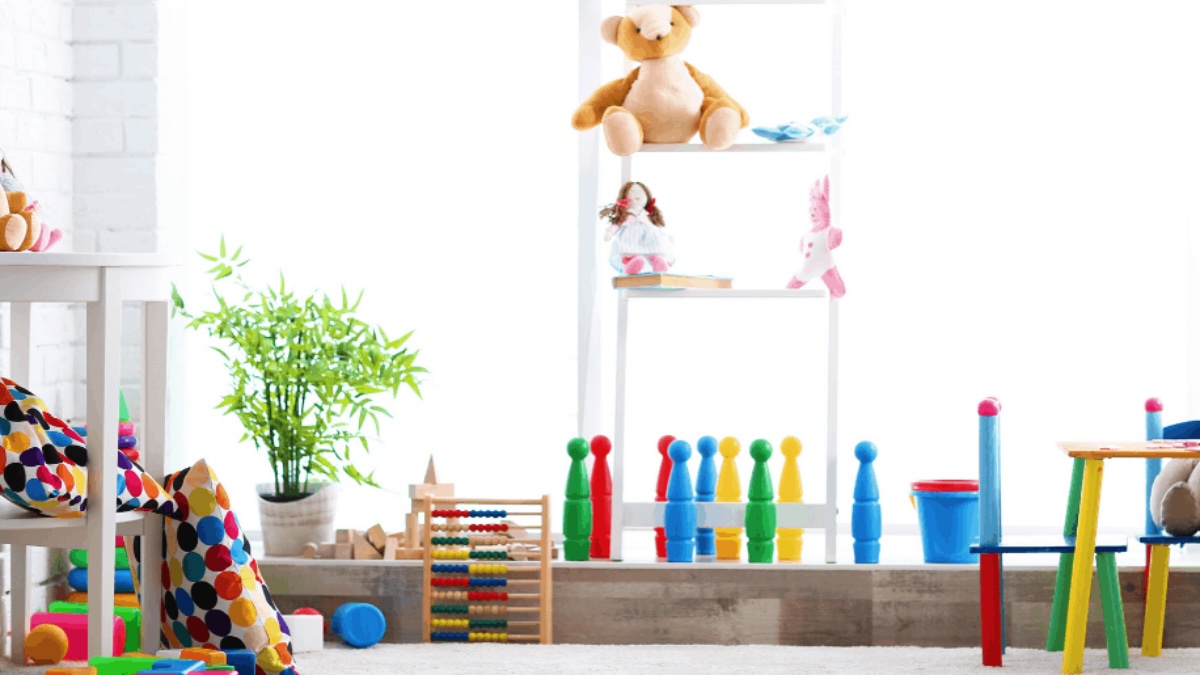

Decluttering Tips & Tricks
How To Declutter Playroom
Modified: August 27, 2024
Learn effective decluttering tips and tricks for your playroom. Create a tidy and organized space for your kids with these expert organization strategies.
(Many of the links in this article redirect to a specific reviewed product. Your purchase of these products through affiliate links helps to generate commission for Storables.com, at no extra cost. Learn more)
Introduction
Welcome to the ultimate guide on decluttering and organizing your playroom! If you've ever felt overwhelmed by the chaos of toys, games, and art supplies scattered throughout your kids' play area, you're not alone. The playroom often becomes a magnet for clutter, making it a challenge to maintain a tidy and functional space. However, fear not! With the right strategies and a touch of creativity, you can transform this bustling hub of activity into an organized and inviting haven for your little ones.
In this comprehensive guide, we'll delve into the art of decluttering and offer practical tips to streamline your playroom. From setting clear goals to creating efficient storage solutions, each step is designed to help you reclaim control over this vibrant space. So, roll up your sleeves, put on your favorite playlist, and let's embark on a decluttering journey that will not only bring order to the playroom but also foster a sense of joy and calm for both you and your children.
Are you ready to bid farewell to the days of stumbling over stray toys and hunting for missing puzzle pieces? Let's dive in and discover the transformative power of decluttering your playroom!
Key Takeaways:
- Set clear goals and involve your kids in the decluttering process to create an organized and inviting playroom that fosters creativity and responsibility.
- Organize by category and invest in versatile storage solutions to transform the playroom into a functional and visually appealing space that nurtures imagination and joyful play.
Read more: How To Declutter A Room
Step 1: Set a Clear Goal
Before you begin the decluttering process, it’s essential to establish a clear vision of what you hope to achieve. Take a moment to envision the ideal playroom – a space that is not only tidy and organized but also conducive to creativity and play. Consider the functionality you wish to achieve and the overall ambiance you want to create.
Start by identifying the primary challenges you currently face in the playroom. Are toys constantly strewn across the floor, making it difficult for your children to navigate the space? Do art supplies and games lack designated storage, leading to a cluttered and chaotic environment? By pinpointing these pain points, you can tailor your decluttering efforts to address specific issues.
Next, involve your children in the goal-setting process. Discuss with them the importance of keeping their play area tidy and inviting. Encourage them to share their vision for the playroom, fostering a sense of ownership and responsibility. When children feel invested in the outcome, they are more likely to embrace and maintain the organized space.
Consider setting both short-term and long-term goals. Short-term goals may include decluttering and organizing specific areas of the playroom, such as the toy bins or art supplies. Long-term goals could revolve around sustaining the organized space and instilling healthy habits in your children. Having a clear roadmap will guide your decluttering journey and keep you focused on the ultimate vision for the playroom.
Remember, the goal-setting phase sets the tone for the entire decluttering process. By envisioning the end result and involving your children in the goal-setting process, you lay a strong foundation for a successful and rewarding transformation of the playroom.
Step 2: Sort and Purge
Now that you’ve set clear goals for your playroom decluttering project, it’s time to roll up your sleeves and dive into the sorting and purging phase. This step is crucial for streamlining the contents of the playroom and eliminating items that no longer serve a purpose or bring joy to your children.
Begin by designating separate areas for sorting items into categories. Consider creating piles or sections for toys, games, art supplies, books, and any other items that populate the playroom. As you sort through each category, assess the condition and relevance of the items. Ask yourself and your children the following questions to guide the decision-making process:
- Do we use this toy or item regularly, or has it been forgotten at the bottom of the toy bin?
- Is this game or puzzle missing pieces, making it difficult to enjoy?
- Are these art supplies dried out or damaged beyond use?
- Do these books still capture our interest, or have we outgrown them?
Encourage your children to participate in the sorting process, fostering a sense of responsibility and empowerment. As you sift through the items, engage them in conversations about the importance of decluttering and the joy of passing on unused items to others who may benefit from them.
Once you’ve sorted through each category, it’s time to purge the playroom of unnecessary items. Embrace the concept of minimalism and let go of toys, games, or supplies that no longer align with your vision for the playroom. Consider donating gently used items to local charities, shelters, or community centers, allowing them to bring joy to other children. Discard broken or unusable items responsibly, keeping sustainability in mind.
Remember, the sorting and purging phase is not only about decluttering physical items but also about fostering a mindset of intentional living and mindful consumption. By curating the contents of the playroom, you pave the way for a space that is purposeful, inviting, and conducive to joyful play and creativity.
Step 3: Organize by Category
With the unnecessary items purged, it’s time to embark on the exciting phase of organizing the remaining contents of the playroom. Organizing by category is a highly effective approach that brings a sense of order and accessibility to the space, making it easier for your children to engage with their toys, games, and creative materials.
Start by identifying suitable storage solutions for each category of items. Invest in versatile storage bins, baskets, shelves, and containers that cater to the specific needs of toys, art supplies, books, and other playroom essentials. Transparent or labeled containers can aid in easy identification and retrieval of items, promoting a sense of independence and tidiness in your children.
When organizing toys, consider categorizing them based on type, age appropriateness, or play themes. For example, you could designate separate bins for building blocks, dolls, action figures, and puzzles. This not only facilitates tidiness but also encourages children to engage with specific types of toys based on their interests and developmental stages.
For art supplies, explore creative storage solutions such as wall-mounted organizers, clear jars for paintbrushes and markers, and tiered trays for assorted craft materials. Creating an art corner within the playroom can inspire your children to unleash their creativity while maintaining a clutter-free environment.
Books deserve a special place in the playroom, promoting a love for reading and storytelling. Consider arranging books on low shelves or in cozy reading nooks, making them easily accessible to your children. Sorting books by genre, author, or reading level can further enhance the organization and appeal of the reading area.
As you organize each category, involve your children in the process, allowing them to contribute ideas and preferences. Encourage them to take ownership of maintaining the organized space, instilling a sense of pride and responsibility. Embrace creativity in the organization, infusing the playroom with vibrant colors, playful designs, and personalized touches that reflect your children’s personalities.
Remember, organizing by category not only transforms the playroom into a functional and visually appealing space but also fosters a sense of independence and creativity in your children. By creating designated homes for each category of items, you pave the way for an organized playroom that nurtures imagination and joyful play.
Consider using storage bins and baskets to organize toys and keep the playroom clutter-free. Label each container to make it easy for kids to know where to put things away.
Step 4: Create Storage Solutions
Effective storage solutions are the cornerstone of a well-organized playroom, providing a home for toys, games, art supplies, and books while maintaining a clutter-free environment. By investing in versatile and visually appealing storage options, you can elevate the functionality and aesthetic appeal of the playroom.
When selecting storage solutions, prioritize accessibility and durability. Opt for open shelving units, cubbies, or storage bins that allow your children to easily retrieve and stow away their belongings. Consider incorporating adjustable shelves to accommodate items of varying sizes, ensuring flexibility as your children’s interests and playthings evolve.
For smaller toys and loose items, such as building blocks and art supplies, consider utilizing clear, stackable containers. Transparent bins not only provide visibility of the contents but also encourage your children to maintain the organization by returning items to their designated containers.
Maximize vertical space by installing wall-mounted organizers for art supplies, craft materials, and smaller toys. Pegboards, hanging baskets, and magnetic strips offer innovative storage solutions that free up valuable floor space while adding a touch of creativity to the playroom decor.
Consider incorporating multi-functional furniture with built-in storage, such as ottomans with hidden compartments or benches with under-seat cubbies. These pieces not only serve as seating or play surfaces but also provide discreet storage for toys and games, optimizing space and functionality.
Personalize the storage solutions to reflect your children’s interests and personalities. Explore vibrant colors, playful patterns, and themed storage bins that resonate with their preferences. By infusing the playroom with personalized storage options, you create a space that is both organized and engaging, inspiring your children to take an active role in maintaining the tidiness of their play area.
Remember, the key to effective storage solutions lies in striking a balance between functionality and aesthetics. By curating storage options that promote accessibility, durability, and personalization, you can transform the playroom into a captivating and organized haven for your children’s play and creativity.
Read more: How To Declutter A Bathroom
Step 5: Establish a Maintenance Routine
Once you’ve decluttered, organized, and created efficient storage solutions in the playroom, it’s crucial to establish a maintenance routine that ensures the long-term tidiness and functionality of the space. By incorporating regular maintenance habits, you can empower your children to take ownership of the organized playroom while instilling valuable life skills and habits.
Begin by setting clear expectations and guidelines for maintaining the organized space. Communicate the importance of tidiness and the benefits of having a clutter-free playroom, such as fostering creativity, reducing stress, and promoting a sense of calm and focus during playtime.
Encourage your children to participate in daily or weekly tidying sessions, incorporating these routines into their regular schedule. Designate specific times, such as before bedtime or after play sessions, for quick tidying activities. Make it a fun and collaborative experience by playing upbeat music or turning tidying into a game, fostering a positive attitude towards maintaining the space.
Empower your children to take responsibility for their belongings by assigning age-appropriate tasks. Younger children can be tasked with returning toys to their designated bins, while older children can assist in organizing books, games, or art supplies. By involving them in the maintenance routine, you nurture a sense of accountability and pride in keeping the playroom tidy.
Regularly assess the contents of the playroom and make adjustments to the organization as needed. As your children’s interests evolve and new toys or activities are introduced, revisit the storage solutions and make adaptations to accommodate the changing needs of the playroom. Encourage open communication with your children, allowing them to express their preferences and ideas for maintaining an organized and enjoyable play space.
Lead by example by demonstrating your own commitment to tidiness and organization. Show your children the value of respecting the organized space by consistently returning items to their designated homes and participating in the maintenance routine. Your actions serve as a powerful model for your children, reinforcing the importance of maintaining a clutter-free and inviting playroom.
Remember, establishing a maintenance routine is an ongoing process that nurtures a sense of responsibility, organization, and pride in your children. By integrating regular tidying sessions and fostering open communication, you create a sustainable framework for maintaining an organized playroom that continues to inspire joyful play and creativity.
Conclusion
Congratulations on embarking on the transformative journey of decluttering and organizing your playroom! By implementing the steps outlined in this guide, you have taken significant strides toward creating a space that not only exudes tidiness and functionality but also fosters creativity, joy, and independence in your children.
Throughout this process, you’ve set clear goals, involved your children in decision-making, and curated storage solutions that cater to their unique interests and play preferences. By embracing the principles of intentional living and mindful organization, you’ve cultivated a playroom that reflects the values of purposeful consumption and joyful play.
As you witness the tangible results of your efforts – a clutter-free playroom brimming with organized toys, games, art supplies, and books – take a moment to celebrate the transformation. Revel in the sense of accomplishment and pride that comes with reclaiming the playroom as a vibrant and inviting space for your children.
Remember that the journey toward maintaining an organized playroom is an ongoing one. Encourage your children to take an active role in the maintenance routine, fostering a sense of responsibility and pride in their environment. Embrace the evolving nature of the playroom, making adjustments to the organization and storage solutions as your children’s interests and activities evolve.
By infusing the playroom with creativity, personalization, and a commitment to organization, you have created a nurturing environment where your children can explore, learn, and play with ease. The impact of your efforts extends beyond the physical space, shaping the way your children approach tidiness, responsibility, and the value of a well-organized environment.
As you continue to witness the positive effects of an organized playroom on your children’s well-being and development, take pride in knowing that you have cultivated a space where imagination thrives, creativity blossoms, and joyful memories are made. Embrace the journey, cherish the moments of play and discovery, and revel in the delightful transformation of your playroom.
Here’s to a playroom that inspires endless adventures, boundless creativity, and cherished moments of joy for your children.
Frequently Asked Questions about How To Declutter Playroom
Was this page helpful?
At Storables.com, we guarantee accurate and reliable information. Our content, validated by Expert Board Contributors, is crafted following stringent Editorial Policies. We're committed to providing you with well-researched, expert-backed insights for all your informational needs.
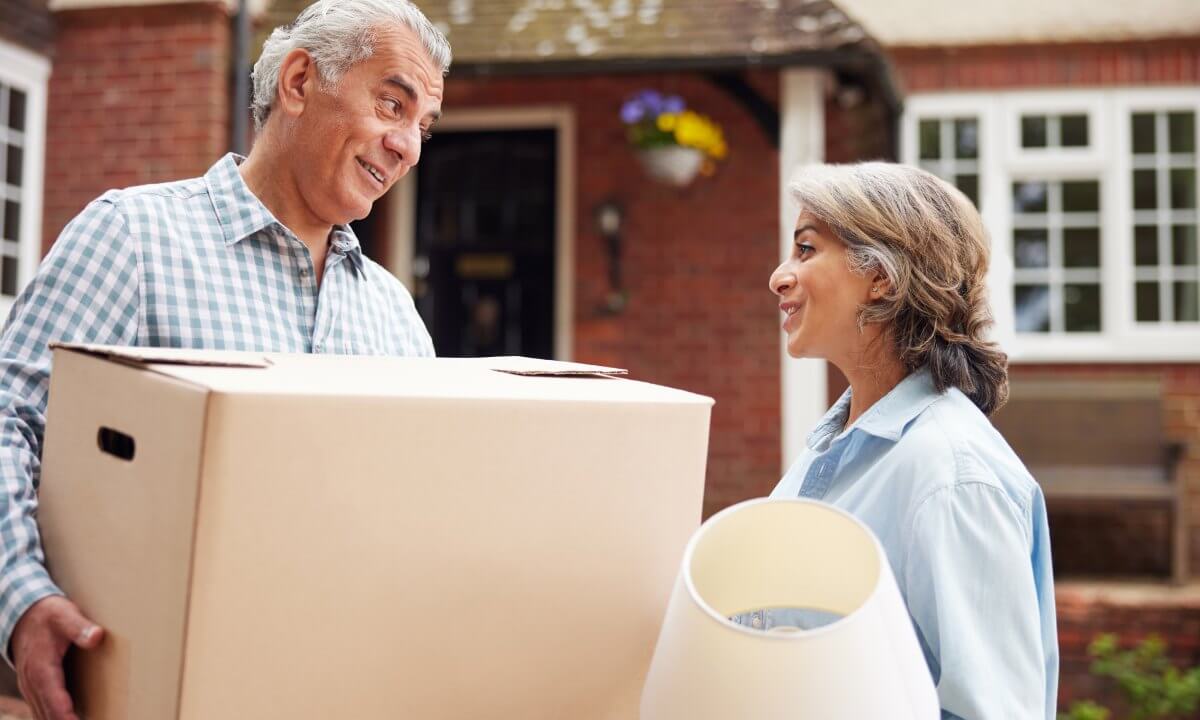
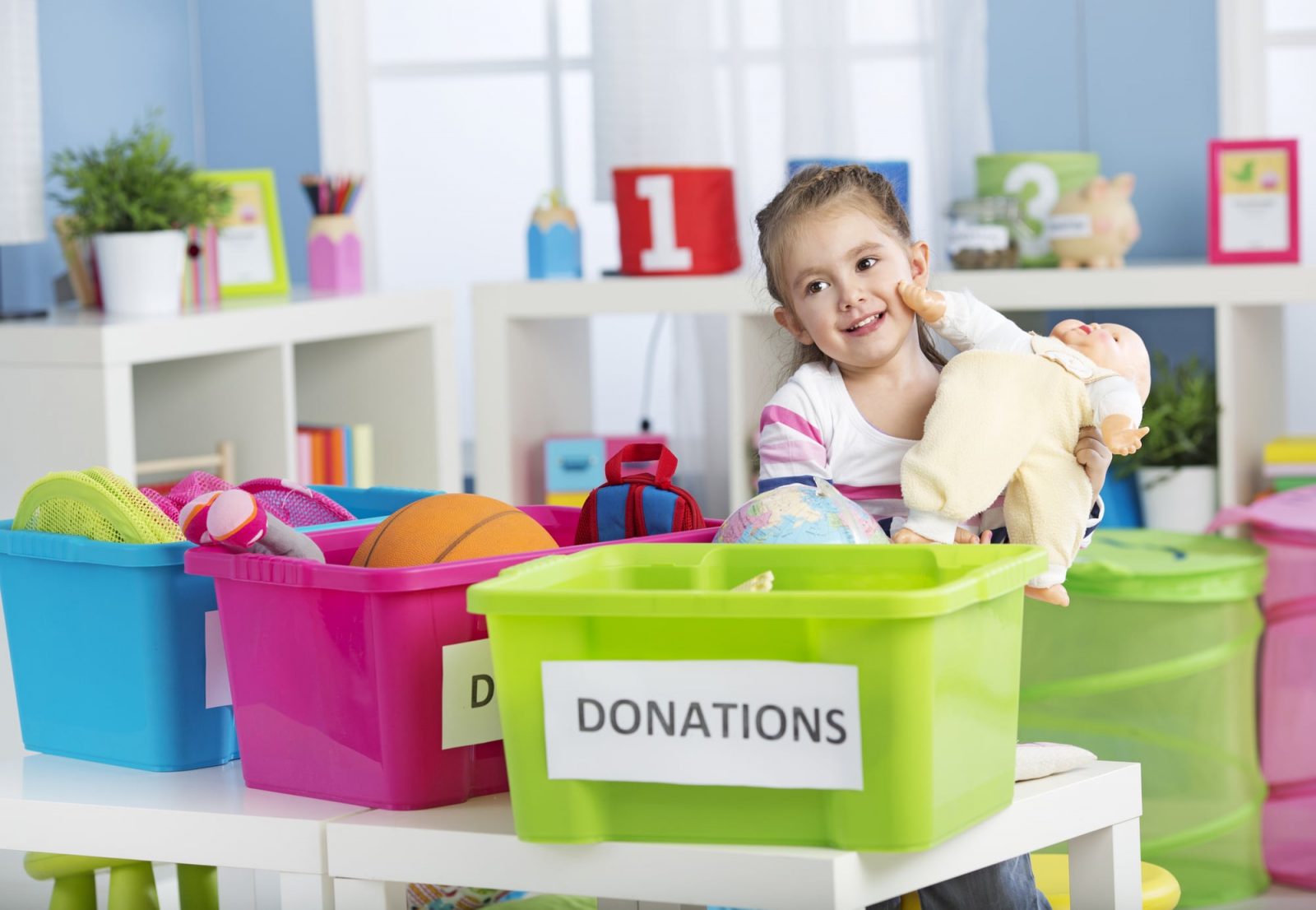
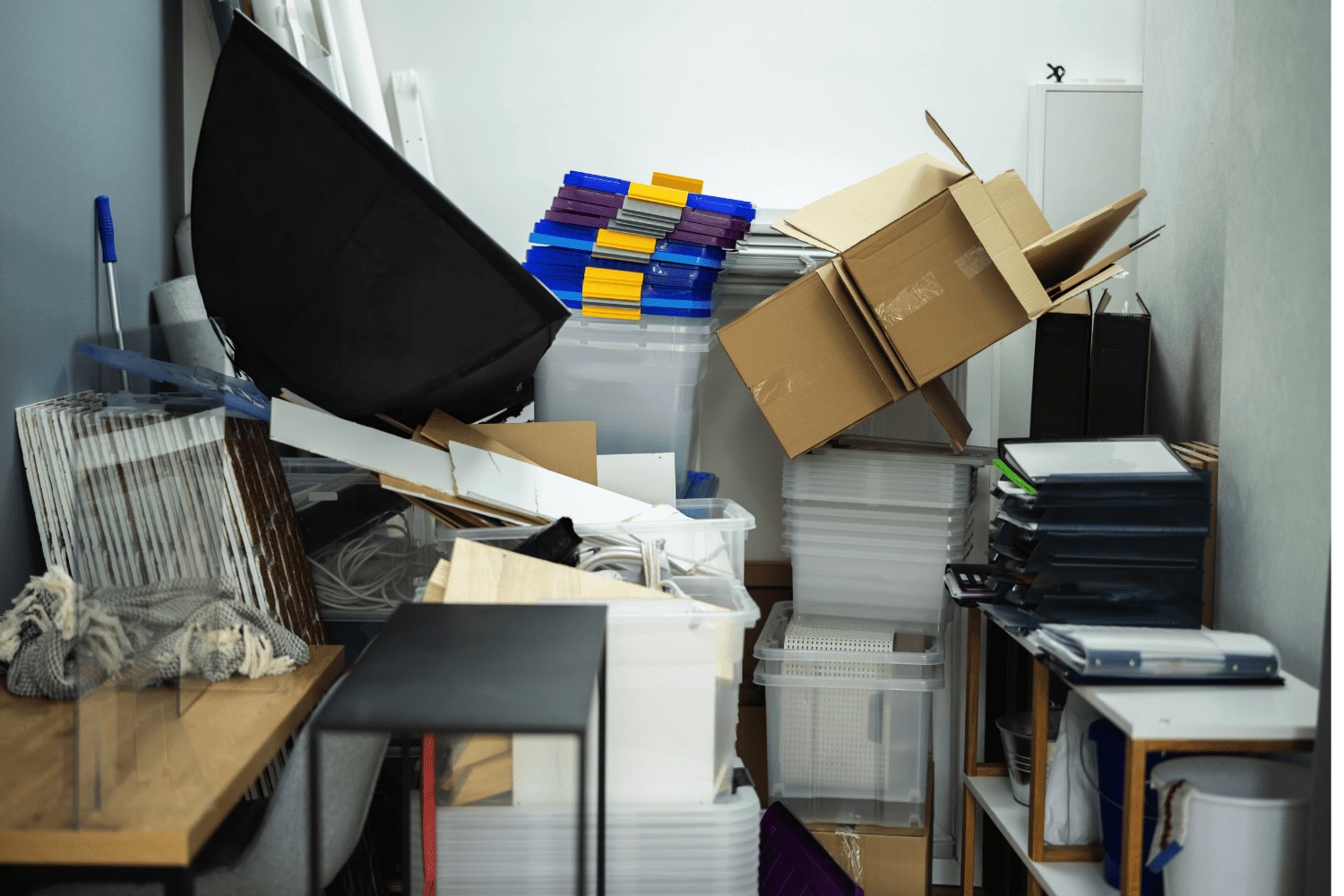
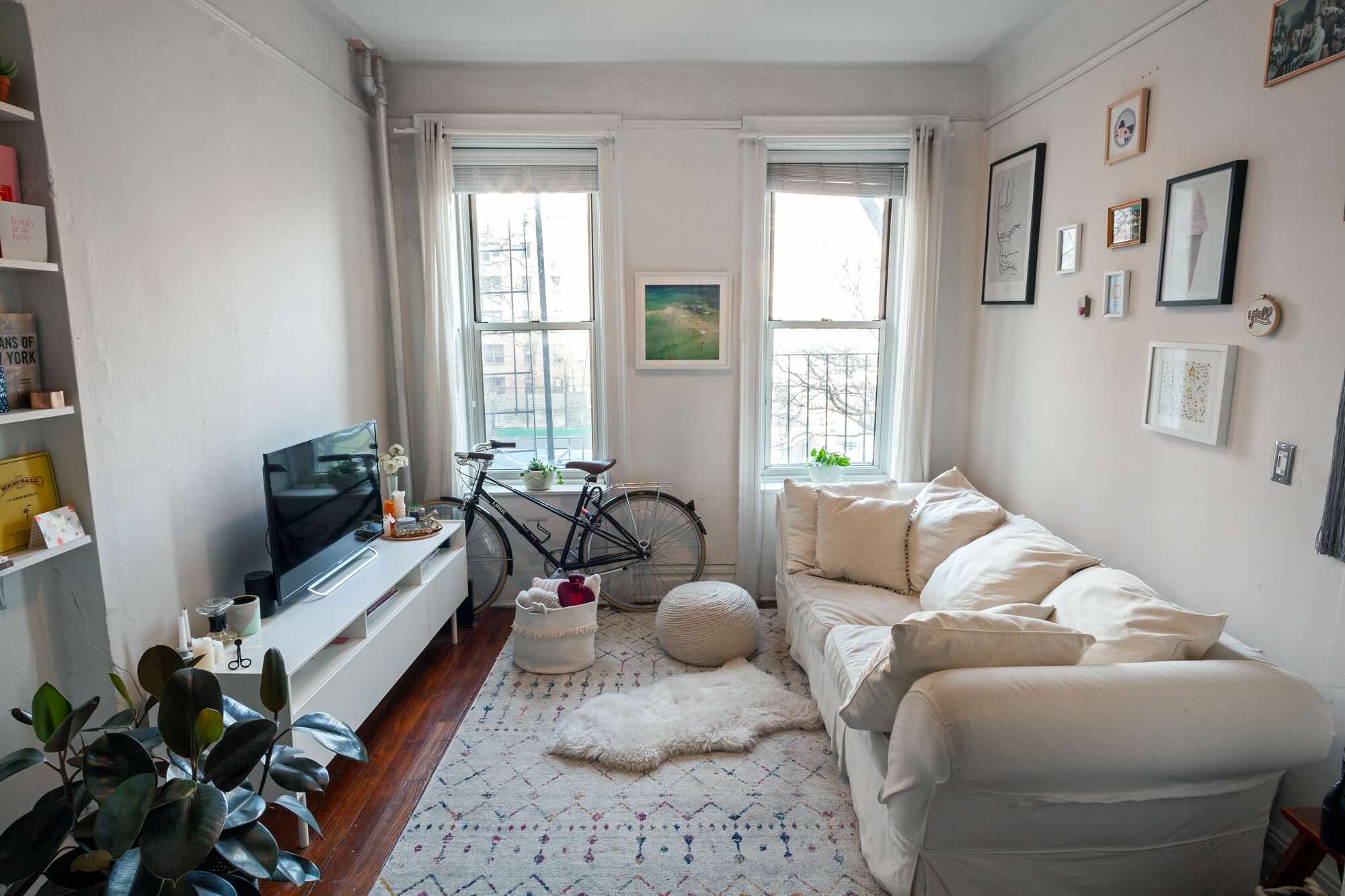
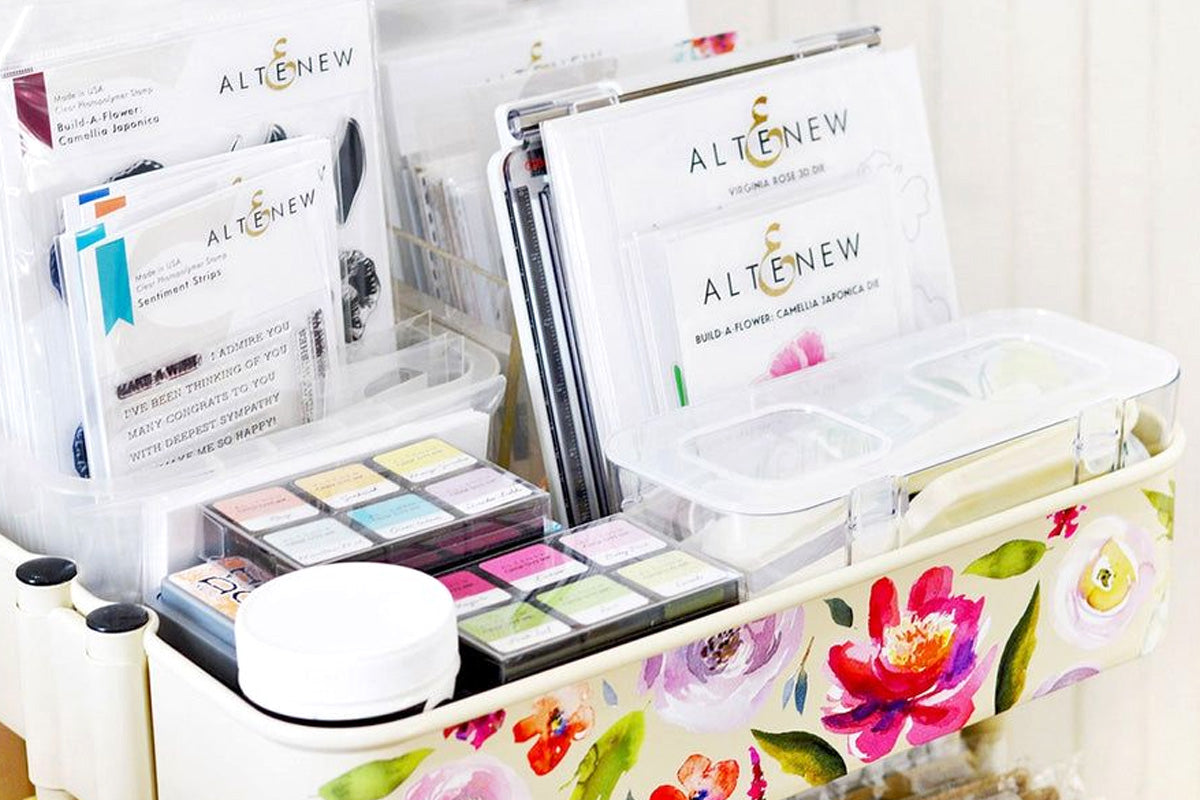
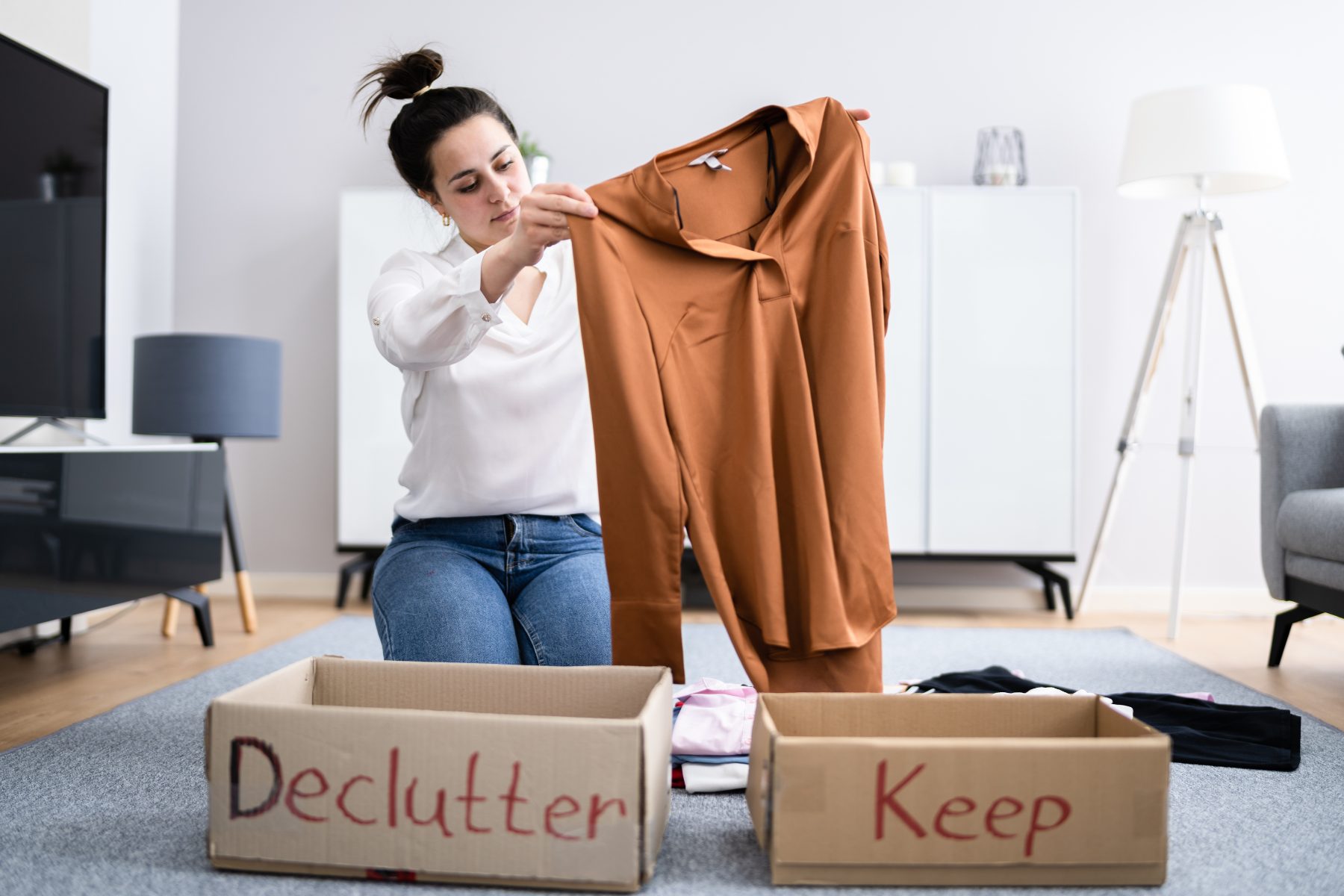
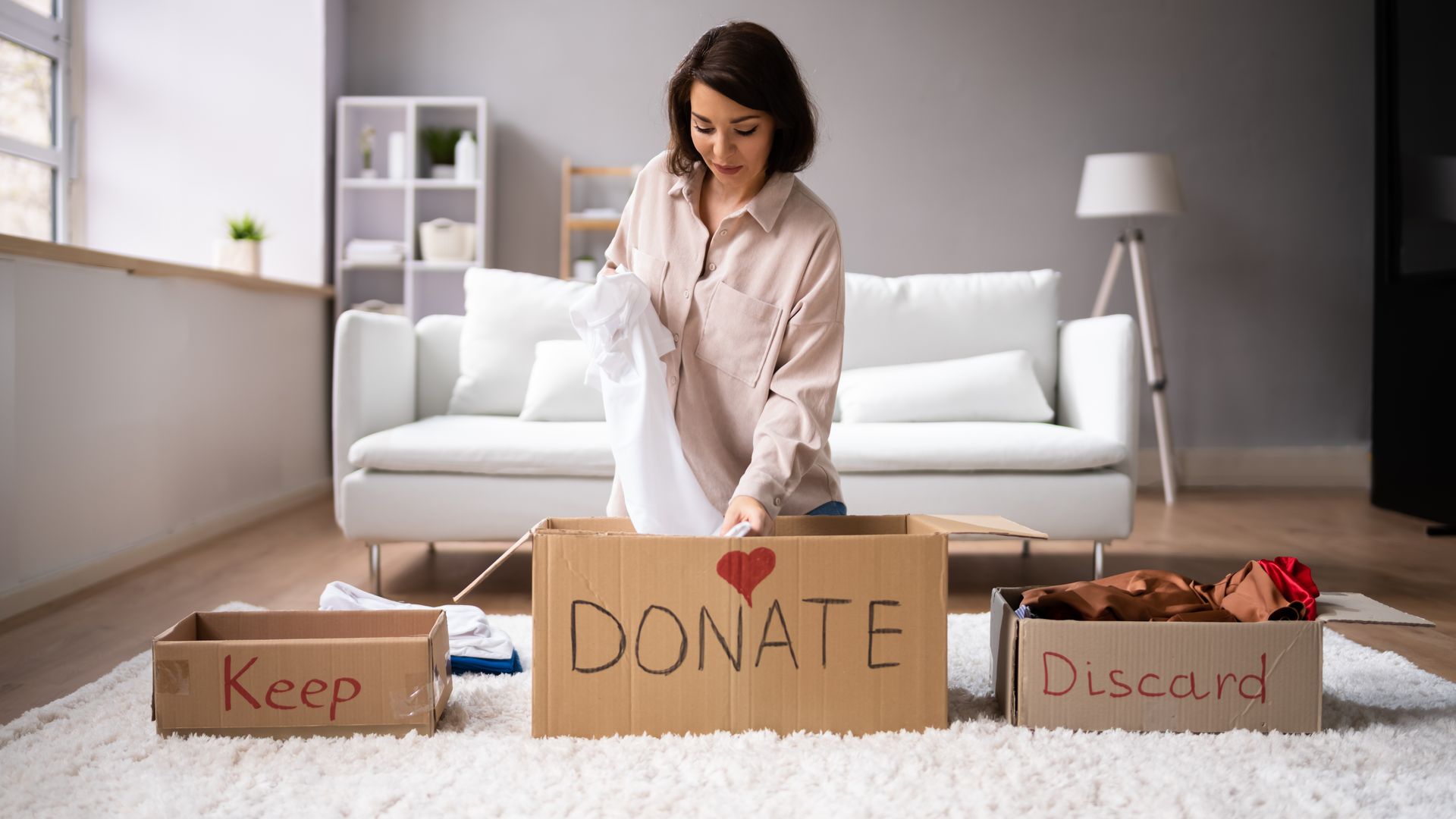
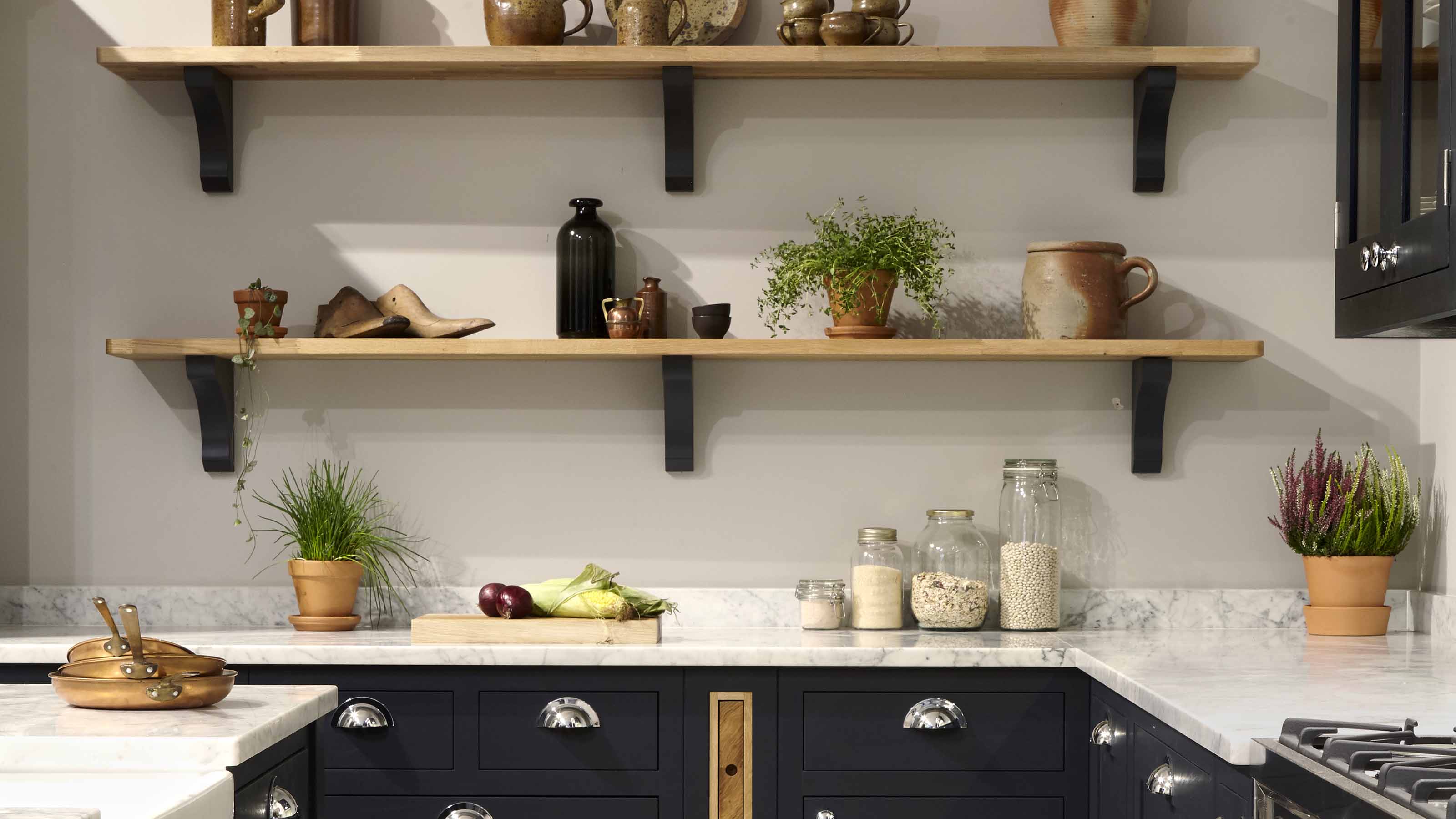
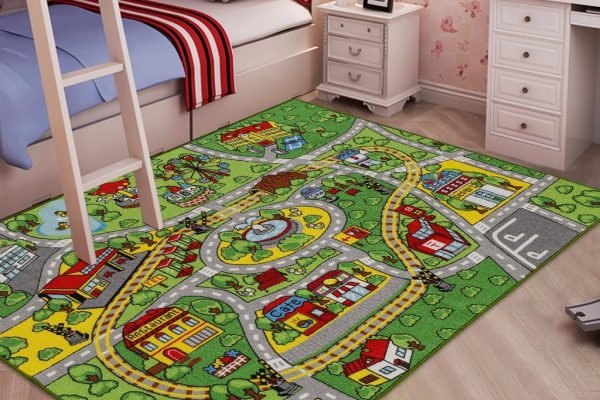
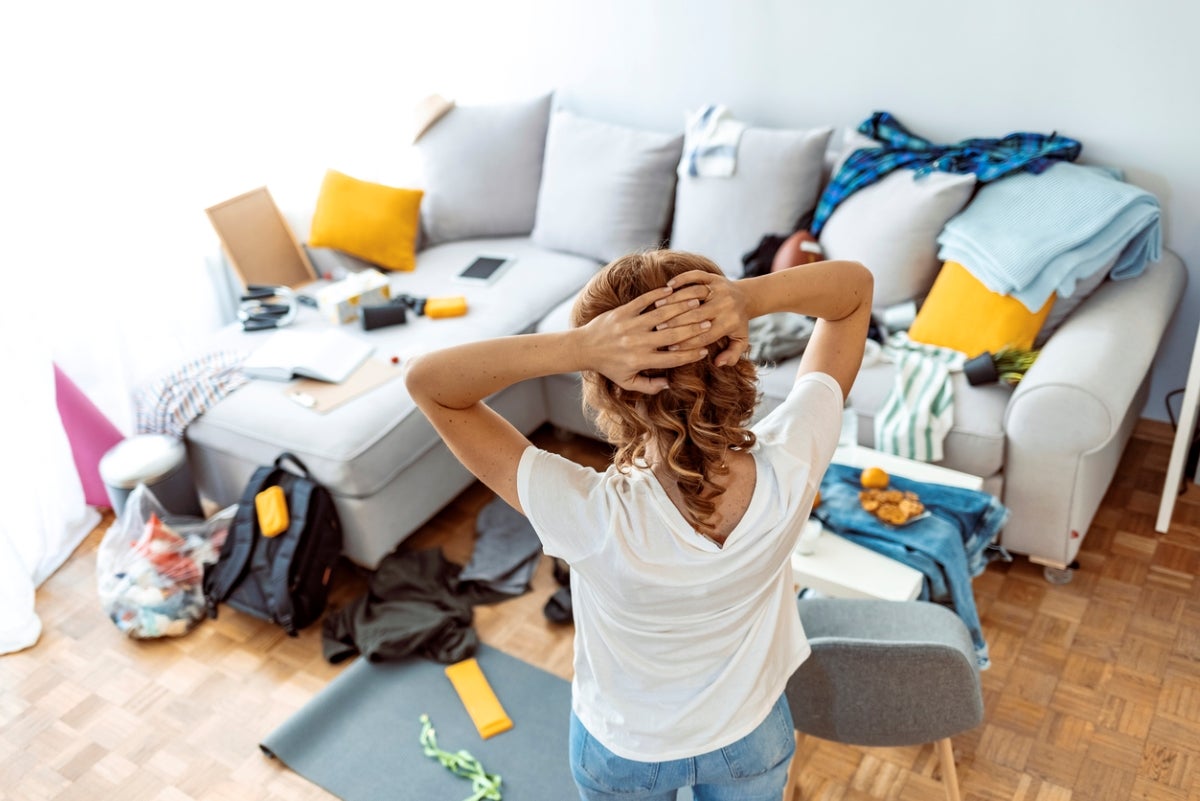

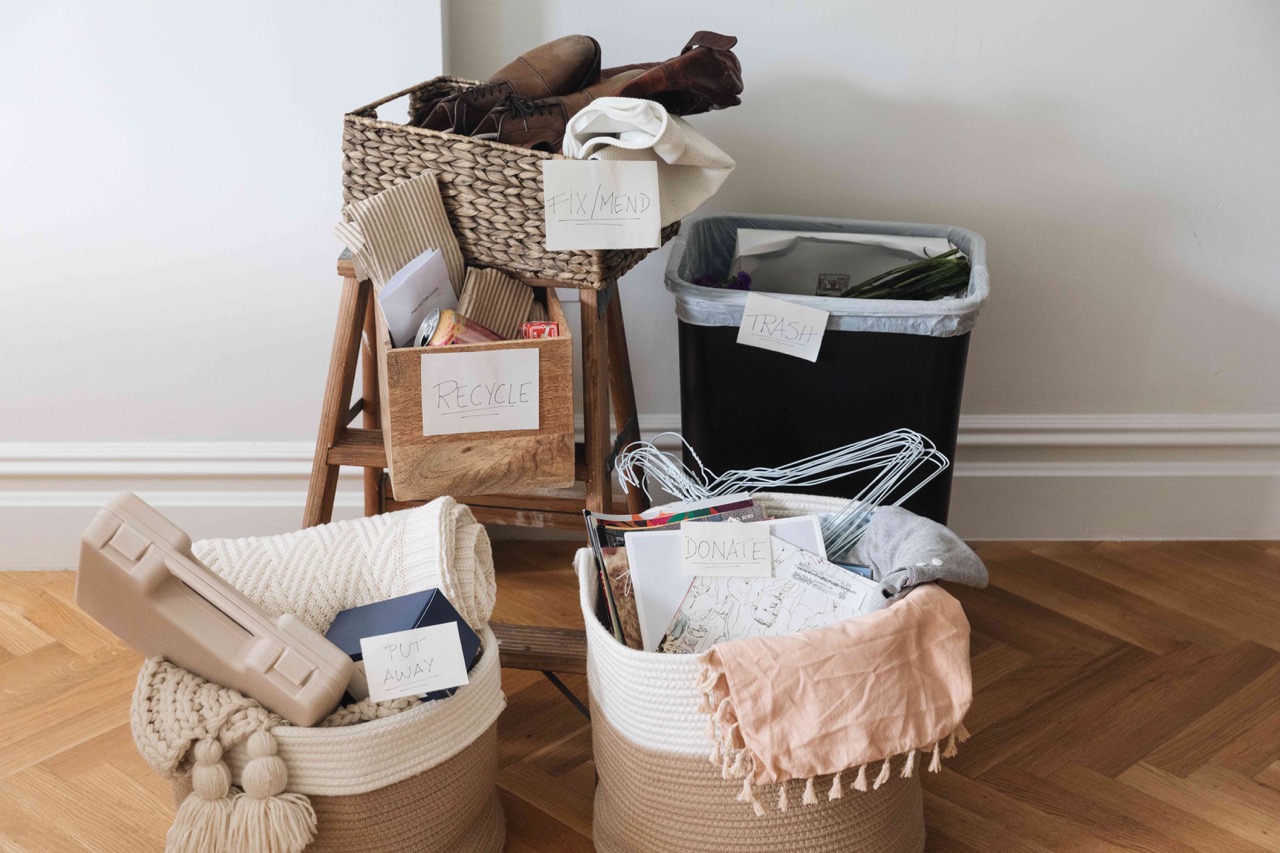
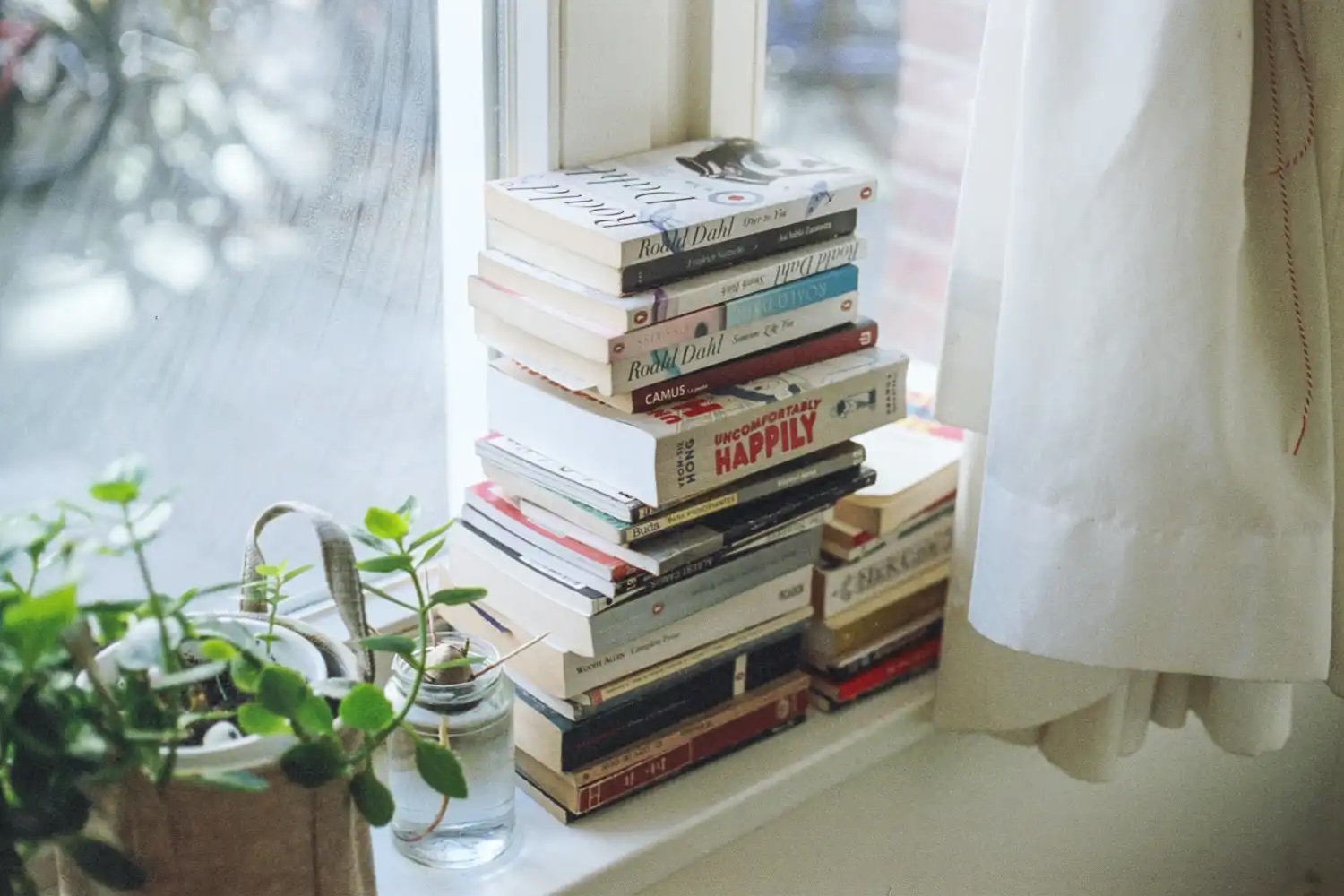


0 thoughts on “How To Declutter Playroom”